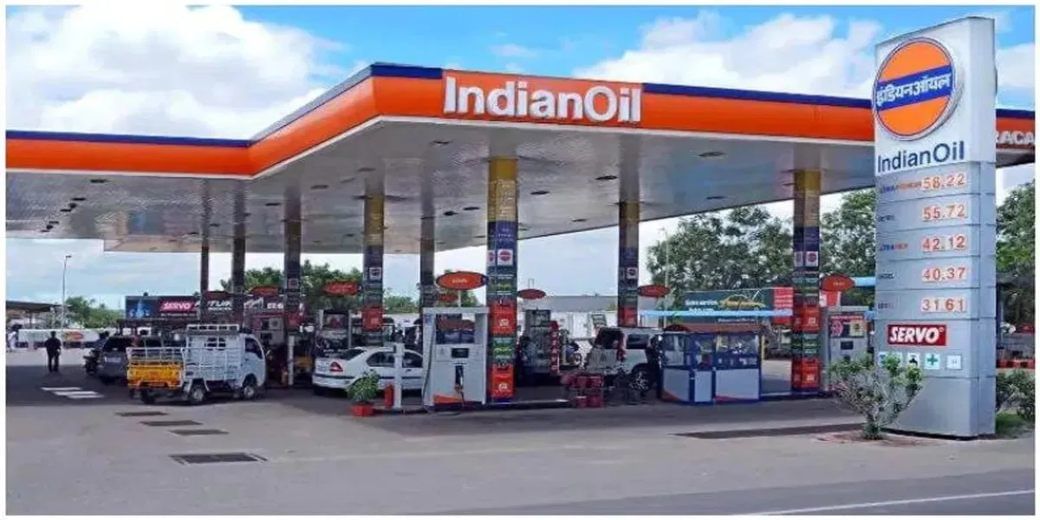Govt wants to add equity heft but OMCs want debt
After Russia invaded Ukraine, crude oil prices shot up on supply concerns at the same time geopolitical tensions also increased volatility in financial markets

Have you ever wondered how petrol and diesel reach the station, or LPG gas reaches your home? That is the work of oil marketing companies. In India, we have both private as well as government oil marketing companies. There are three government oil marketing companies IOC, BPCL and HPCL. Ninety per cent of India’s fuel demand is fulfilled by these companies.
Last year, these companies faced a huge loss. In first half of last fiscal, they had a loss of Rs 27,276 crore. Its major reason was the crude oil price hike. After Russia invaded Ukraine, crude oil prices shot up on supply concerns at the same time geopolitical tensions also increased volatility in financial markets. Due to this, currencies of emerging countries like India also declined. Now India imports around 85% of its total oil needs. So the cocktail of high global crude oil prices and a fall in the rupee made oil imports very expensive.
Facing losses
This means oil companies were getting oil at very high prices but they were not allowed to raise prices by the same proportion. This led to a huge loss. However, after a few months Indian oil companies started getting cheap oil from Russia and started selling them on high prices in European nations. So the government of India imposed a windfall tax on them to discourage them from exporting and supplying that cheap oil for the domestic market. In recent times windfall tax has been reduced from Rs 6,400/tonne to Rs 4,100/tonne. This also led to a rally in OMC shares this week.
Now, Oil prices in global markets have fallen as there are concerns about global economic slowdown which is expected to reduce global crude oil demand.
OMCs want debt
So, OMCs have become profitable. However, to further provide them with growth momentum, government announced in the budget that it will provide equity capital of Rs 30,000 crore to government OMCs. The OMCs now want money but not in the form of equity. They are asking for it as debt. Because higher government equity doesn’t bode well with the capital market which favours less government hold in the companies.
However, the government is adamant to stick with equity infusion. Even equity will be infused if OMCs can show they have capex plans to upgrade refineries and reduce emissions. Government ownership in all the three OMCs is already more than 50%
It was reported by India Ratings that debt with OMCs have already increased 40% last year due to higher working capital requirements as they were unable to pass on higher oil costs to end consumers.
Now funds are needed for capex but using debt as a source poses a threat
Global oil prices are volatile and you might never know when they will shoot up. But companies can’t pass on higher costs so easily. Hence their revenues can remain volatile. If interest expenses become higher (Due to high debt levels) then it can pose a risk to the stability of the company.
So this might also be the reason that the government doesn’t want to increase debt levels in the OMCs.

